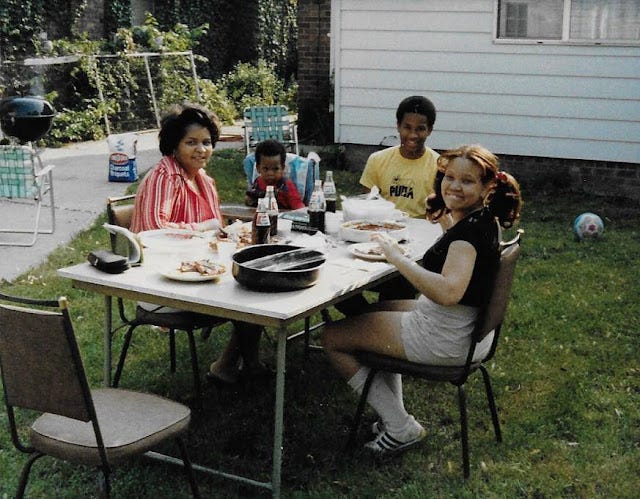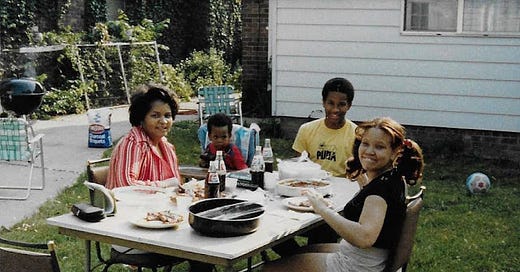A Personal Segregation Story

Barbecuing in our backyard in Detroit, sometime in 1979. Of course, my dad is taking the picture. Source: Ben Saunders
I've written quite a bit about segregation and its impact on cities lately, and more specifically on its impact on people of color. I won't link to everything I've done recently but encourage you to scroll through articles here, and o…
Keep reading with a 7-day free trial
Subscribe to The Corner Side Yard to keep reading this post and get 7 days of free access to the full post archives.


